#academiclife
Text
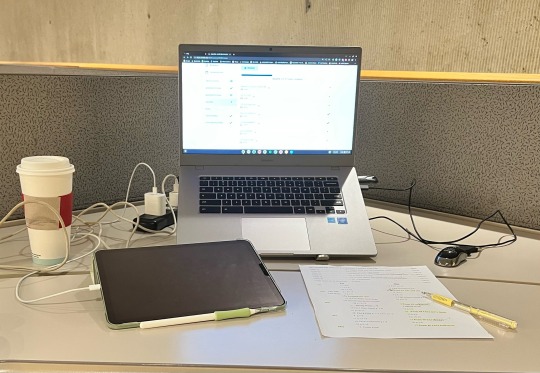

I love my school library! It’s underground and has 2 levels. The bottom level as the actual library and the top that is nothing but personal study spaces! Like the one I’m at above!
#academic validation#student life#study motivation#studyblr#studying#studyspiration#studystudystudy#study notes#studyspo#study hard#studyinspo#study aesthetic#studywithme#study blog#messy academia#academiclife#chaotic academic aesthetic#college life#college#aesthetic notes#my notes
455 notes
·
View notes
Text
📚How to Read an Academic Paper📚
"The more that you read, the more things you will know. The more that you learn, the more places you’ll go." —Dr. Seuss *̥˚✧
Reading an academic paper can be as much of a challenge as finding the source in the first place, if not more so. Knowing how to approach the process can help take you from struggling through it, to learning what you need to know in the least terrible way possible.
Structure of a Paper
Academic papers tend to follow a similar format. APA is as follows:
Title
The name of the paper, authors, dates, etc.
Abstract
A short summary of the paper.
Introduction
Introducing the paper. Sometimes this is written before the experiment starts. You often find the hypothesis here for an experiment. Sometimes it’s written after, but they’ll usually write it as if it was written before.
Methods and Materials
How they did it and what they used.
Results of the Study
What they found and how they analyzed it.
Discussion
What they concluded from the results and why, often with sources from other similar papers.
Conclusion
What this means and what they concluded.
(No Introduction, Methods, Results and Discussion [IMRaD] you are most certainly not RAD. >:( )
How to Read Papers by Type
Different papers from different fields can present unique challenges to reading and understanding.
Start with the abstract. Once you’re done reading the abstract mosey on down to the conclusion! Ignore the middle bits! Most of the time the middle bits are there to tell other researchers “I gotta make sure this is up to the standard of academic research!” Once you’ve read it once you can go back to the Method and judge how they performed it. However, at first this is a lot so go read the conclusion! It should be short, sweet, and tell you what they have spent the last so-and-so pages arguing. This will make it easier to understand.
It may seem counterintuitive to go in this order because we are taught to read books top-to-bottom left-to-right, but academia is full of clowns who speak in code.
Humanities Papers
Humanities papers are the most likely to dunk the format of a research paper. They are also usually based on the researcher’s interpretation of a primary source.
Because humanities papers are often based on the researchers' (albeit very educated) opinion it lends itself to a critical analysis of everything from translation to cultural or social bias from the researcher much more easily. (What primary sources did they base their conclusions on? Would you have done the same? What have other researchers said? In the cultural context of the time, does this translation make sense?) However, this tends to come after you’ve successfully understood what the researcher is trying to say.
Primary Source
A primary source is first-hand knowledge of something. These can include a writing from a time period by someone who was there, a record made at the time, a photograph, or even an artifact.
Secondary Source
A secondary source is second-hand knowledge. These are the papers written on the subject, textbooks, and accounts written by the people who were not around when it happened. They are not inherently worse than secondary sources, and are very important for spreading knowledge, but research based on secondary sources tends to be a compilation of a lot of research rather than direct investigations. [See: Historiographies. Synthesized studies. Meta Analysis.]
Scientific Papers
The abstract is your best best friend!!! They are not hiding the ball, it’s in the abstract. Then once again take yourself on a trip to the conclusion. Scientific papers almost never deviate from this format. Read it once, twice, and thrice again until you understand what the abstract is saying. This will help you understand the whole paper better.
Additional Complications for Scientific Papers
Experimental design can be, and has been, the subject of many an entire college semester for many people. Don’t expect to understand it outright if you’re new! For the results of most studies, the relevant concept is going to be "statistical significance". This is the probability that the results were found by chance. It is generally decided ahead of time based on what is being measured and notated similarly to p<.05. This means that the statistical probability of getting those results by pure coincidence is small enough to be significant.
Often in the discussion section you’ll see the author talk about their sample size, their potential biases, and the limitations of their experimental design (if they don’t the other academics will laugh at them). While you can look at this yourself and decide, this often gives a good idea of where there could be room for error.
Qualitative vs Quantitative
Qualitative data is the how, what, and why of research. Quantitative is the numerical measurements. [Think “quality vs quantity”.] There are different statistical terms and analyses for these different types of measurements, but that could be a whole course, let alone document, in and of itself. They use big words like they’re being sponsored by WebMD and Webster both.
Think of it like this: if you do an experiment and adding something to someone’s drink causes it to taste sweeter, that’s a qualitative measurement. If you’re adding something to someone’s drink and it raises their blood pressure from 100 to 120, that’s a quantitative measurement. Differentiating between them can be tricky, but a good tip to keep in mind is if it’s studies with people is that qualitative research is usually done with small groups of people - often 100 people or less, while quantitative research will often be upwards of the hundreds. This is because with quantitative research you often need large sample sizes for the data to be meaningful.
There are many types of qualitative research, including interviews, ethnographies, oral history, case studies, focus groups, record keeping, different kinds of observations, etc, while on the quantitative research side of things, we have our surveys, descriptive research, experimental research, correlational research, comparative-causal research, and more.
Causing you Problems
Those are the general rules and advice, now let's talk about how they are broken.
Style
The structure of an academic paper differs by style. APA sticks to this format very strictly. However, Chicago (my mortal enemy) is going to have footnotes to contend with, but could still have an abstract and a conclusion. If it has neither of those, lament them, shame them, and curse the author to the pit before skirt skirting your way to the first paragraph (approximately the abstract or introduction), and the last two or three paragraphs (approximately the conclusion). They tend to have generally the same information as would be found in a labeled heading.
The code clowns not only said “make it complicated”, they made it complicated across several different paper writing formats. If by some unholy tragedy you find a writing in MLA? Bite the author with your real teeth, and hope your highschool prepared you for this. At the very least MLA tends to be easier to read by starting at the beginning.
Jargon
Academic papers are often incredibly dense! Academia knows this! Please don’t be afraid to look up words you don’t necessarily understand! It’s not shameful! Shame them for using big words, like the pompous elites they are, and pull out a dictionary. Understanding is important! If all else fails, no one needs to know you looked up a word, you can just do a quick Google search and look like a pro. I do it all the time.
Plus there are often tons of educational materials for learning academic jargon because no one is born educated. They had to learn it, they are just expecting their audience to be someone who has already gotten a degree on the subject. It’s dense and boring, “no one else is reading this shit, surely,” they think while dunking a donut in a cup of hot Red Bull.
#This is the second part of a two part series on academic accessibility!#witchcraft#school of roses#magic#witchy#witchblr#witch tips#witches#baby witch#basics#academic research#academic libraries#academic essay#academiclife#academichelp#chaotic academia#classic academia#university#student#school#college#information accessibility#education#jargon#long post#important#academic papers#apa format#hope this helps!#Come say hi in the Discord!
320 notes
·
View notes
Text
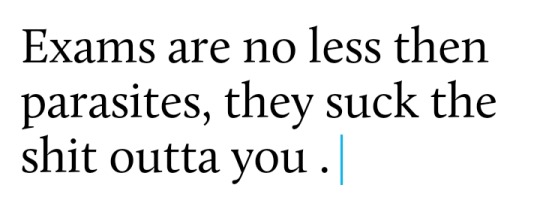
#just a thought#writers and poets#writers on tumblr#art#poetsandwriters#spilled ink#books#dark academia#light academia#poem#studyblr#literature#academiclife#academic validation#light academic aesthetic#study tips#high school#gilmore girls#exam stress#exams suck#board exams
102 notes
·
View notes
Text
Heart Anatomy
The human heart is a fundamental organ of the cardiovascular system that is responsible for pumping blood throughout the body, supplying oxygen and nutrients to organs and tissues, and removing waste and carbon dioxide. Although it is a small organ, its function is essential for our survival.
The anatomy of the human heart is impressive. It is made up of four chambers: two atria and two ventricles. The atria are the upper chambers of the heart and the ventricles are the lower chambers. The right atrium receives blood from the body and sends it to the right ventricle, while the left atrium receives blood from the lungs and sends it to the left ventricle. The ventricles are responsible for pumping blood to the lungs and to the rest of the body, respectively.
The human heart also has an electrical conduction system that controls its rhythm and heart rate. The sinus node is the heart's natural "pacemaker", located in the right atrium. It is responsible for generating the electrical impulses that cause the heart to contract. These impulses travel through a system of specialized cells found in the walls of the atria and ventricles, known as the electrical conduction system.
The physiology of the human heart is equally impressive. During the cardiac cycle, the heart goes through two main phases: diastole and systole. During diastole, the heart relaxes and fills with blood. During systole, the heart contracts and pumps blood into the arteries.
The heart rate is the number of times the heart contracts in one minute. This rate is regulated by the autonomic nervous system, which is divided into two branches: the sympathetic nervous system and the parasympathetic nervous system. The sympathetic nervous system increases the heart rate, while the parasympathetic nervous system decreases it.
In conclusion, the human heart is a fundamental organ for our survival, with an impressive anatomy and physiology. It is important to take care of our heart through a healthy lifestyle, including a balanced diet, regular exercise and avoiding harmful habits such as smoking and excessive alcohol.
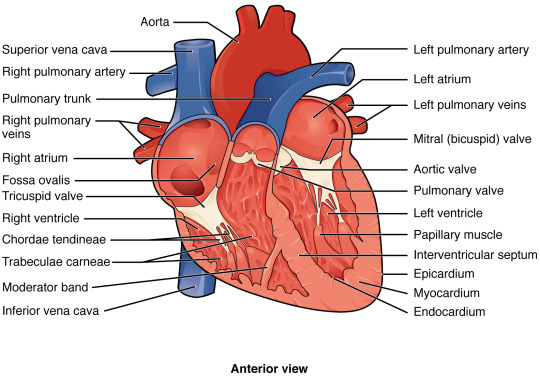

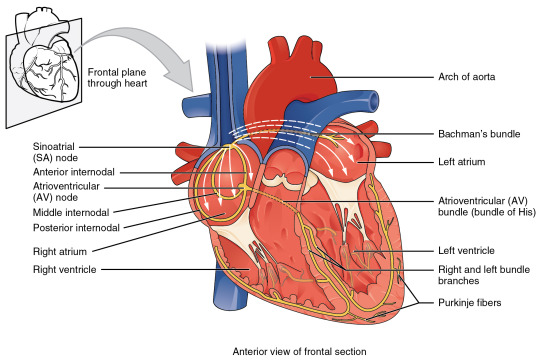
#anatomy#human anatomy#medicine#health#public health#healthcare#nursing#doctors#physiology#humanphysiologynotes#academiclife
17 notes
·
View notes
Text
my brain isn’t braining
#academic validation#studying#academiclife#studyblr#i think it has officially reached the maximum capacity#nadirants
14 notes
·
View notes
Text



30th january 2023
first day of the new semester
two modules started:
commodities, consumption and connections
archaeological detective
today's soundtrack: painting of a panic attack by frightened rabbit
i am determined to be more productive and study more this semester, one step at a time
#studyblr#study motivation#study aesthetic#studyspo#studying#studyspiration#university#uni#student#aesthetic#motivation#academiclife#academic motivation#academia#archaeology student#college life#college#student aesthetic
26 notes
·
View notes
Text
i just revisioned my math notes that i actually made in today’s class and did the assigned homework. it’s the first day of a new semester. and i fucking hate math. can i safely say that i’m in my ‘i don’t wanna disappoint remus lupin’ era? have i finally found the motivation that i need to get through uni? because that was what i was thinking. i really was like ‘oh i must do it because remus would too.’ and i didn’t even give it a second thought. oh my mother wouldn’t get this. i feel like my brain is going to explode. fucking hell. is this obsession still unhealthy when it makes me not neglect my studies?
#remus lupin#studies#moony lupin#marauders#academic struggles#academiclife#dead gay wizards#wolfstar#marauders era#sirius black#regulus black#james potter#atyd#university#academic validation#q
21 notes
·
View notes
Text
Just me lying awkwardly between the junk on my bed because I don't want to clear it.

#original meme#meme template#meme#funny relatable#funny#neurodivergent#executive dysfunction#messy room#lol#college student#university#college life#school#academiclife
12 notes
·
View notes
Text

Best Career Options In The USA
.
Get the best advice for your academics and achieve great success💯%.
E-mail 📧: [email protected]
Whatsapp Number: +91 89550 09638
#students#studentlife#career#academiclife#AcademicSuccess#college#collegelife#usa#usastudents#studyabroad#studyabroadlife#usalife#university#universitylife#careeropportunity#StudyintheUSA#newyork#usauniversity
2 notes
·
View notes
Text


3/4th of my way to final dissertation deadline
I submitted a rough draft of my dissertation last week. It didn’t go as well as I’d have liked it to. However, when you have a first draft, you can only go up from there. I am working on a revised version at the moment, where I structure it the typical intro-body-conclusion way, as the first one was more of an all arguments on one page. The second draft will mostly be a mapping on of my two primary texts. It sounds quite basic at the moment but we got to begin with the skeleton and have faith from there onwards.
#english literature#college studyblr#college life#english lit major#dissertation#dissertation diaries#study motivation#books and libraries#studyblr#college#thesis#academiclife#academic writing#academic essay
9 notes
·
View notes
Text


literally me
#tumblr diary#academic life#web diary#school#student#studyspo#study aesthetic#studyblr#academic validation#academiclife
15 notes
·
View notes
Text


30.mai.23
After a long break I saw I keep coming here o see my old posts, it felt really good to be able to see it and tell myself in the mirror: stop underestimating your efforts!! So I created a side blog to post about my academic life, meanwhile my main is @howdoistartover ♡
But 100 days of productivity takes too long for me to complete, that's why i'll be doing small challenges for myself. This is my 10 days before the exam challenge- day 1
Tuesday:
Mock exam
Text Produktion
3 notes
·
View notes
Text
I just realised this while reading my course English book of high school , literature is so beautiful every question has a different answer it wholey depends on how you think , what you think , and there is no correct answer to anything .i just love that about it .
#books and literature#english literature#english academia#high school#light academia#dark acadamia quotes#writers on tumblr#just a thought#spilled ink#literature#dead poets society#classic academia#academiclife#academic art
14 notes
·
View notes
Text
Academic validation temporarily alleviates the melancholia of sad kids.
8 notes
·
View notes
Text

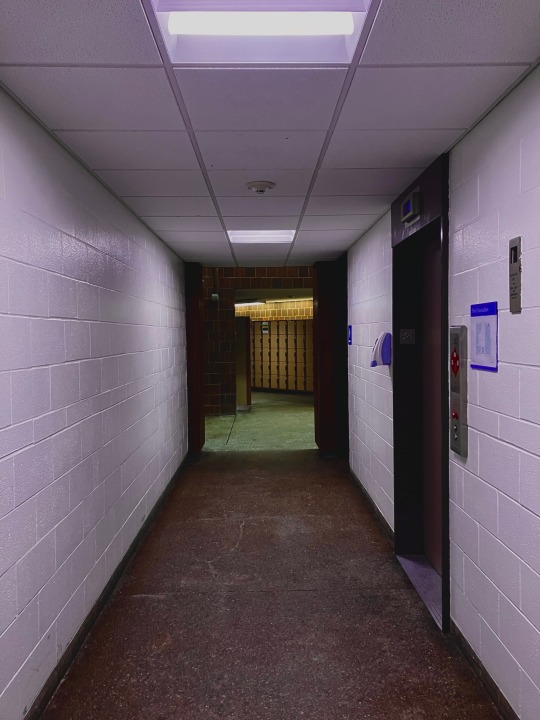
down the rabbit hole
genesse community college
february 19, 2023 // 3:48 PM
click for higher resolution o w o
#aesthetic#photography#architecture#hallway#academiclife#light academism#light acadamia aesthetic#light academia#academic adventures#genesse#genesse community college#gcc2023#gcc#genesse new york#genesse ny#february#feb23#feb 23
5 notes
·
View notes
Text
the last few minutes of taking an exam, when i’m checking all of my answers, is literally just me gaslighting myself into believing that the answer i chose is the correct answer and that my logic is right when, as it turned out, was actually not 😭
#exams#studying#studyblr#academic validation#academiclife#studystudystudy#tests#school#academic woes#nadirants
5 notes
·
View notes